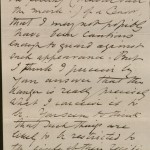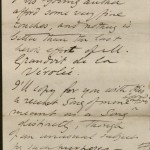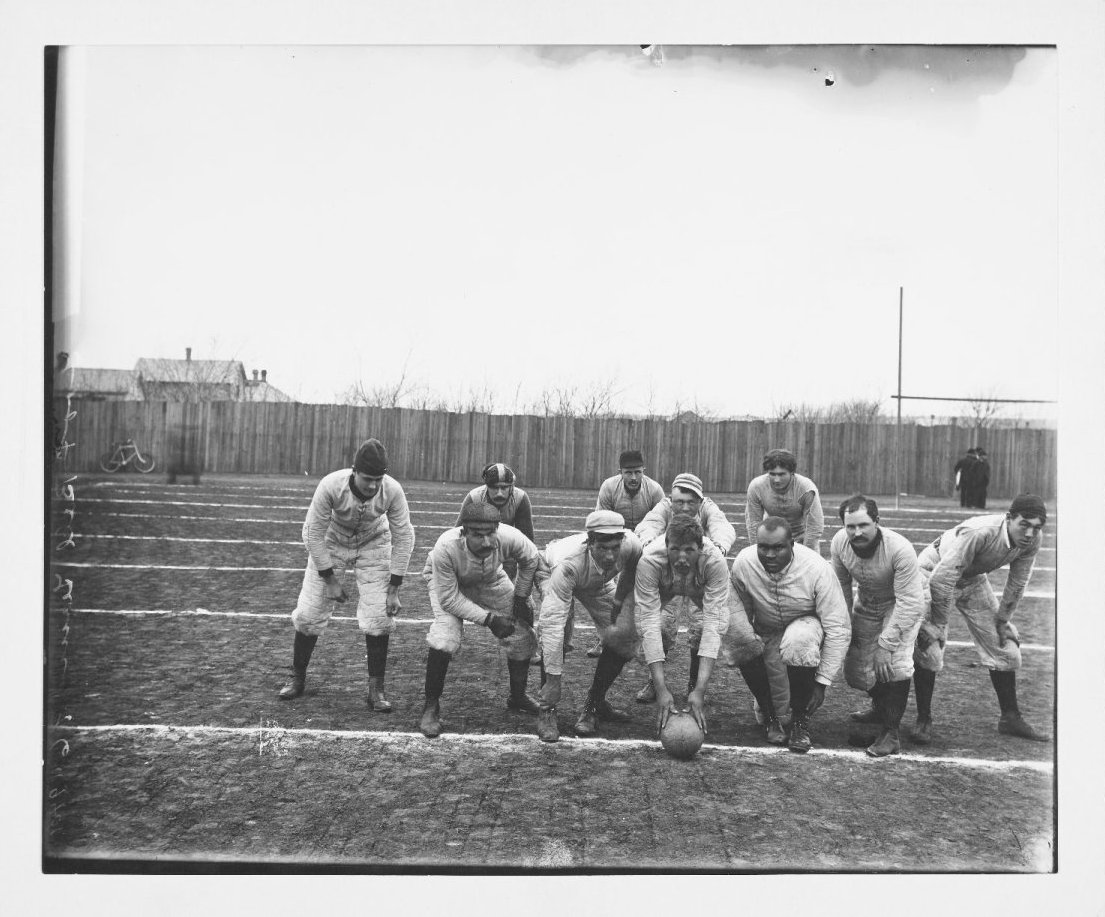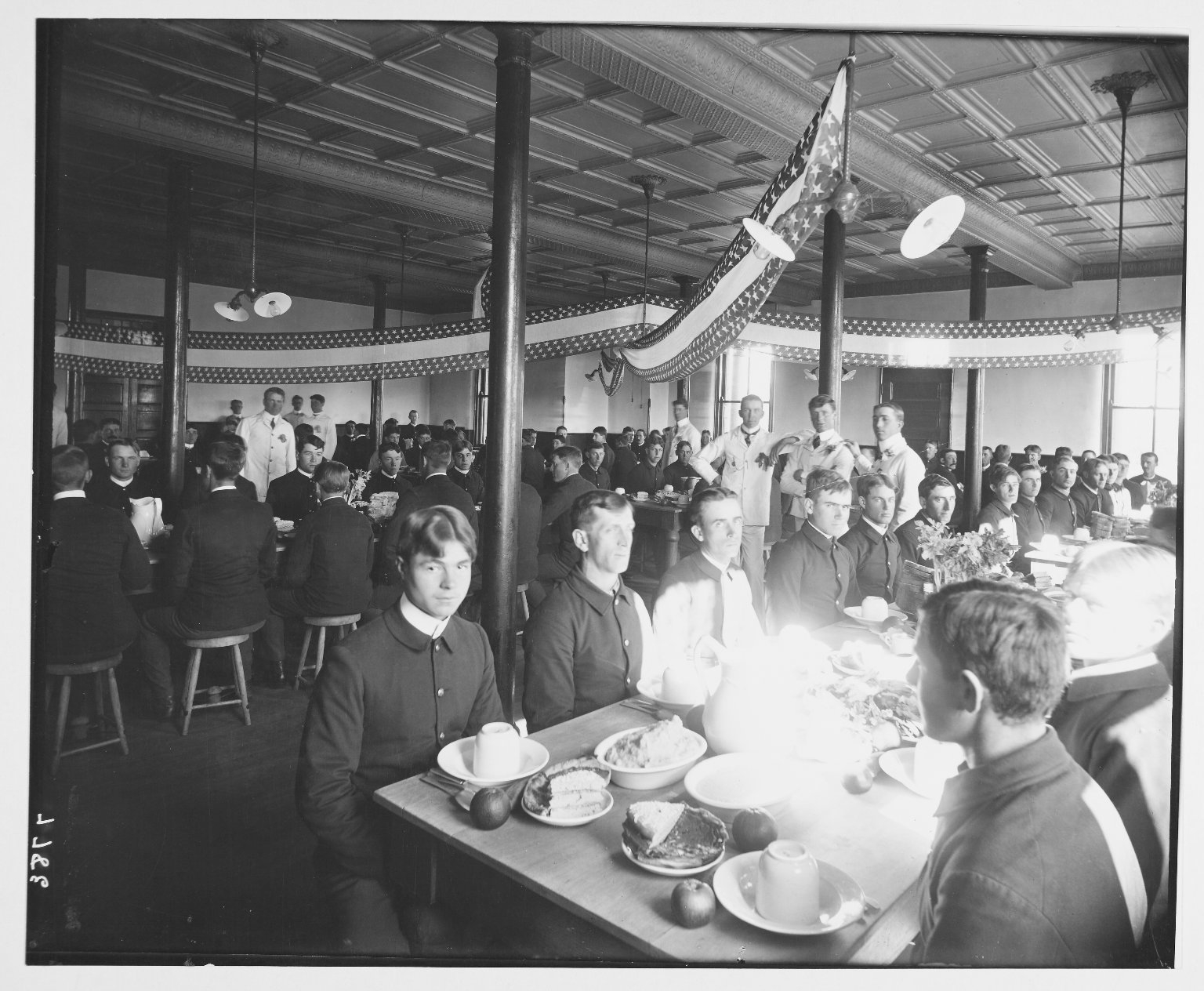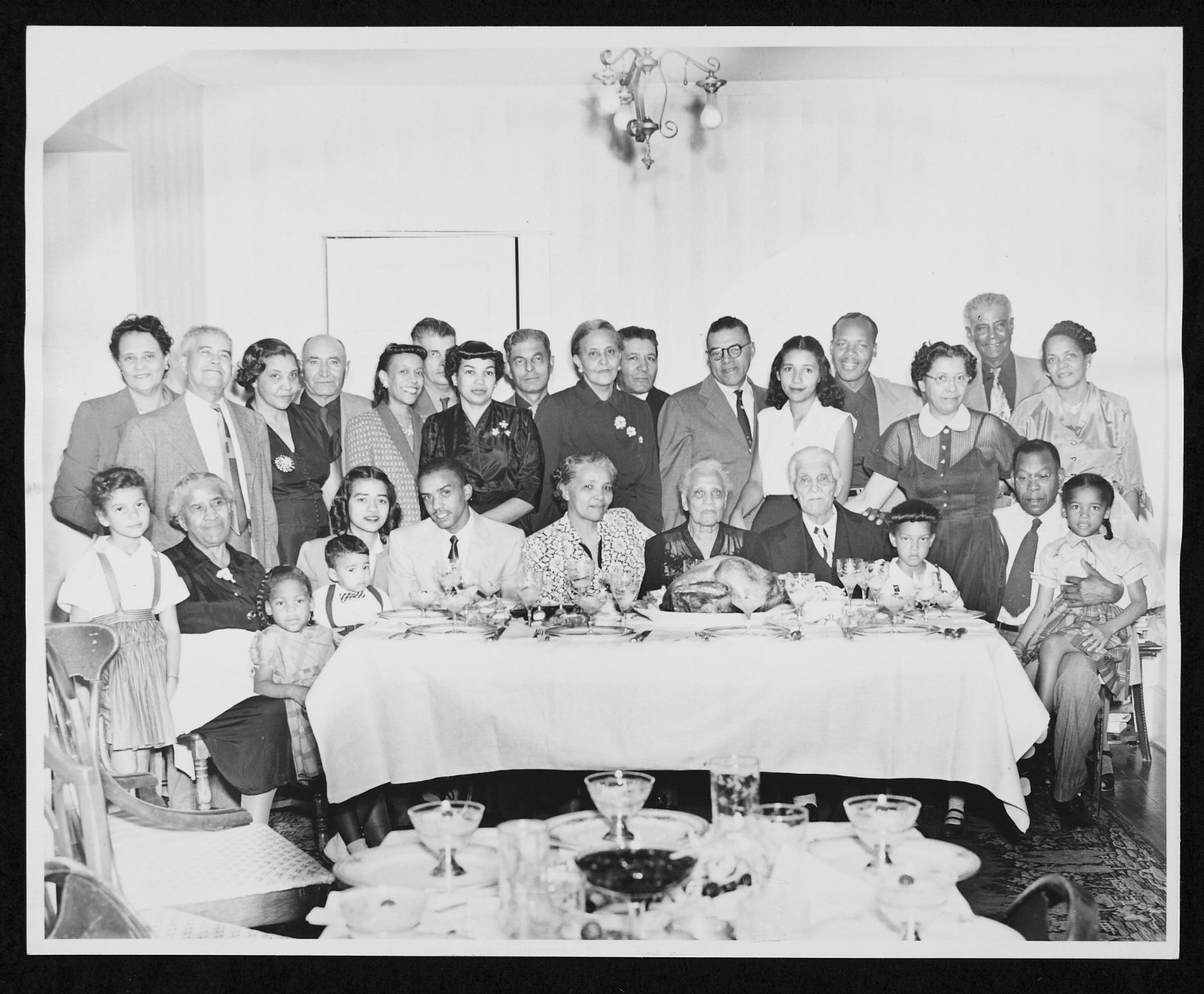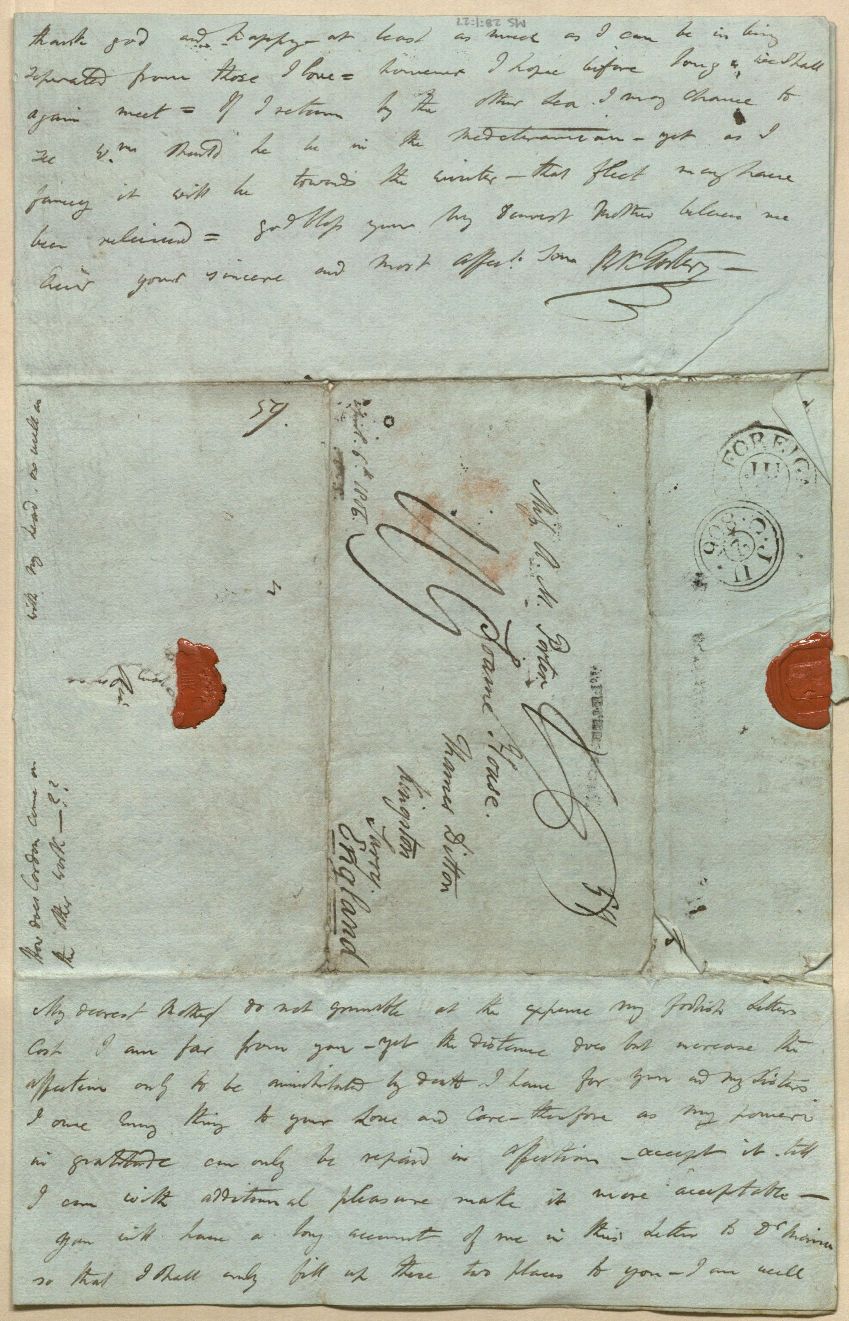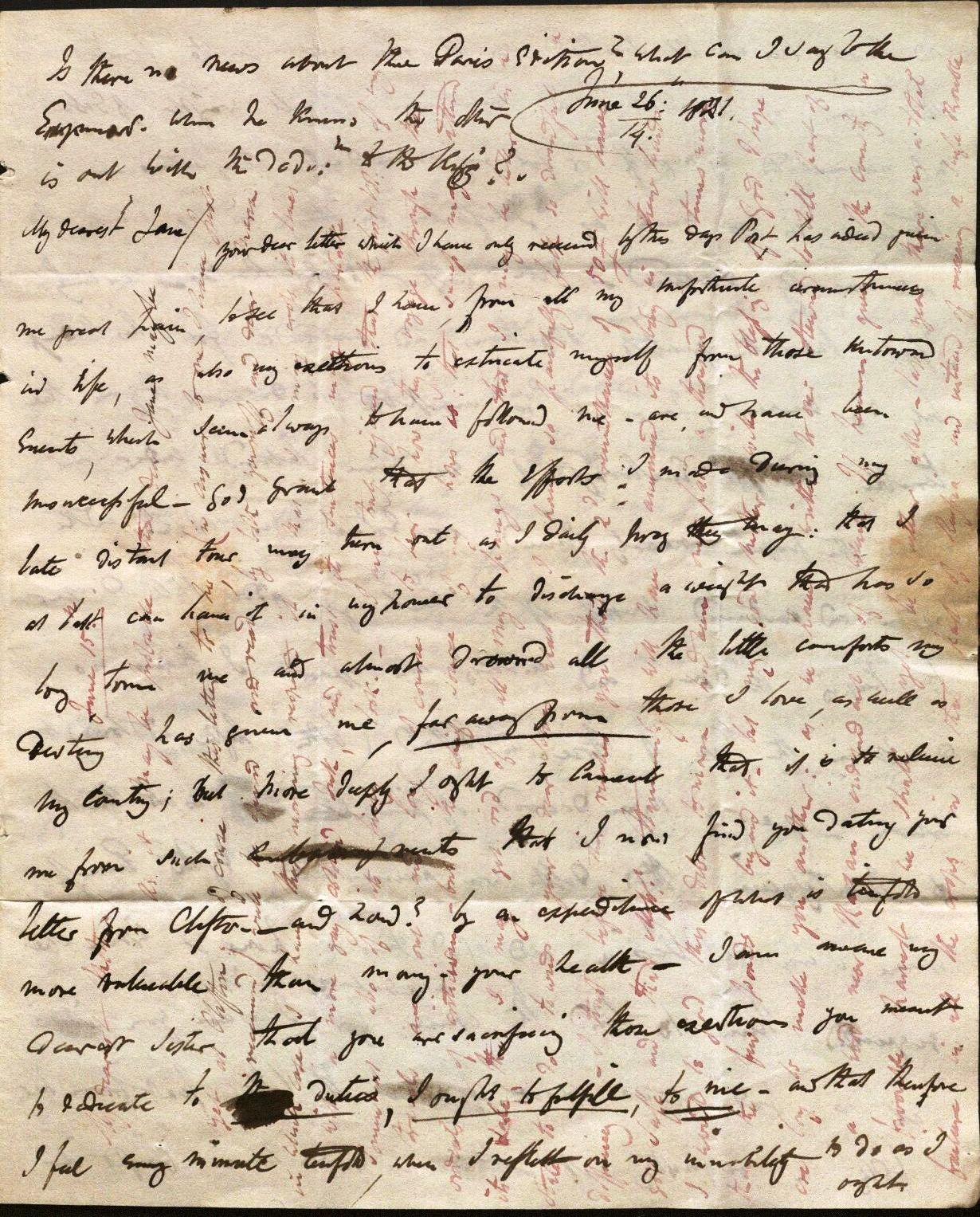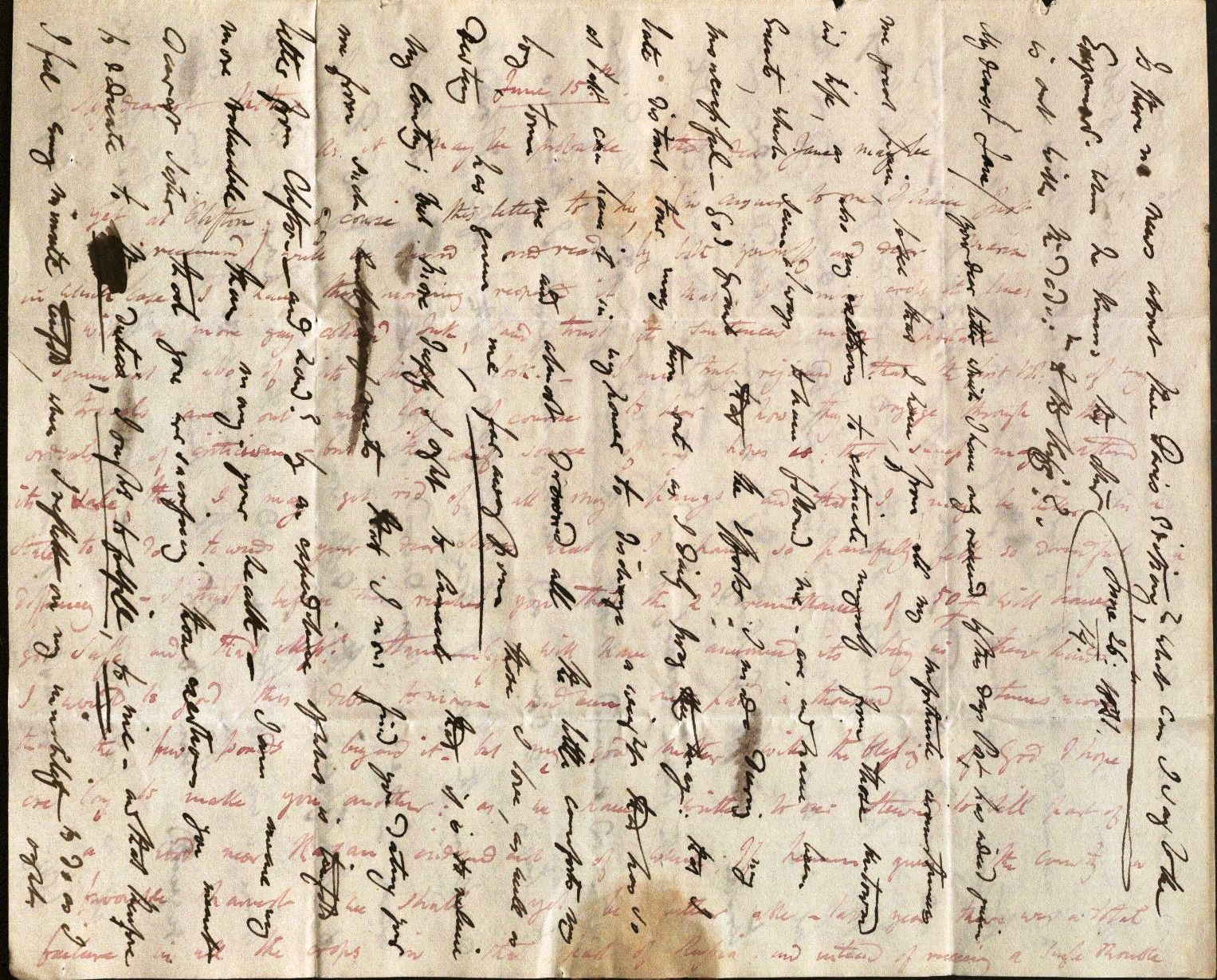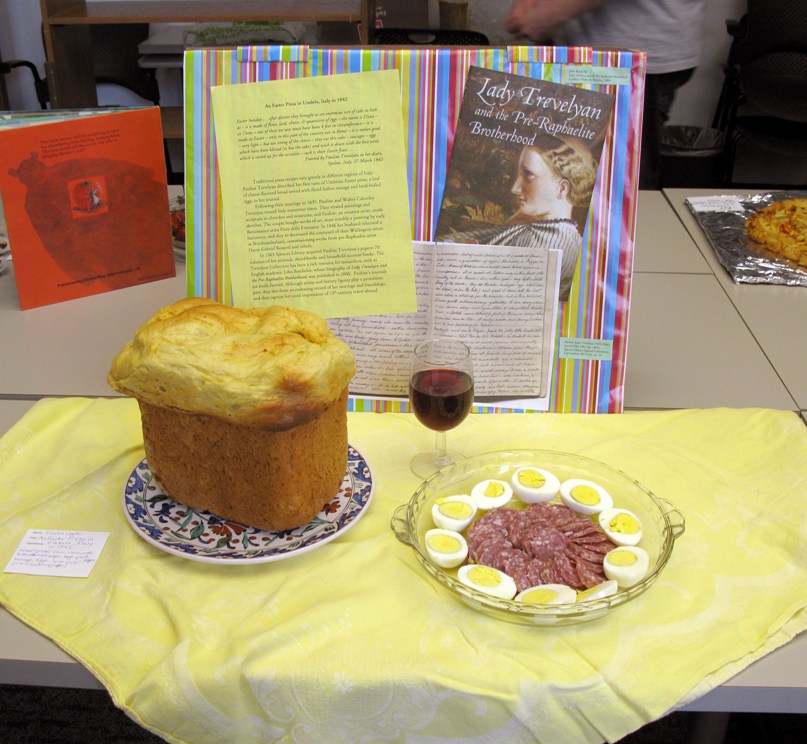Gossip and Literary Celebrity, Circa 1871
March 21st, 2013Though public figures in late nineteenth-century England might not have had to contend with paparazzi or gossip bloggers, their lives and personal writings were nonetheless a subject of interest and speculation. What might begin innocently as a jovial private communication between friends could one day find itself before a much wider circle of readers, or so Pre-Raphaelite artist and poet Dante Gabriel Rossetti (1828-1882) warned his friend and fellow poet Algernon Charles Swinburne (1837-1909).
Left: Dante Gabriel Rossetti from photogravure by G. F. Watts; Right: Black and white photograph of Dante Gabriel Rossetti’s portrait of Algernon Charles Swinburne, both reproduced in H. C. Marillier’s Dante Gabriel Rossetti: An Illustrated Memorial of his Art and Life. London: George Bell and Sons, 1899. Call Number: E1470.
In a letter likely dating from November 1871, Rossetti cautioned Swinburne,
[…] You seem to think that such things are likely to be restricted to the circle of their recipients. Why, my dear fellow, every line you have ever written will one day be religiously raked up by greedy & often doubtless malevolent exploiteurs, and it is very hard for those who receive these wonderfully funny things of yours to resolve on taking the only safe course with them for your sake — that is, to destroy them after they have been abundantly laughed over by a circle of friends who know what mere fun they are. (Call Number: MS 23D:3.2)
Though we can only hope that Rossetti wouldn’t have considered the staff at the Spencer Research Library to be greedy and malevolent “exploiteurs”–he had in mind perhaps critics of the day, publishers, or members of the periodical press–time has proven the validity of his concern. For example, a number of Rossetti’s own private communications now reside in Spencer’s collection of Rossetti Family Correspondence (MS 23). This collection includes letters by his father, Gabriele Rossetti, his sister, the poet Christina Georgina Rossetti, his brother, critic William Michael Rossetti, and his sister-in-law, painter and biographer Lucy Madox (nee Brown) Rossetti. These letters are a boon to scholars, students, and the general public, even if their creators might not have wished for all of them to reach our prying eyes.
To read Rossetti’s letter to Swinburne, click on the thumbnails below to enlarge:
Letter from Dante Gabriel Rossetti to Algernon Charles Swinburne. [Shortly after 6 Nov. 1871?]. Rossetti Family Correspondence. Call Number: MS 23D:3.2. Click images to enlarge.
Elspeth Healey
Special Collections Librarian



![Image of Rossetti to Swinburne [circa Nov. 1871p.1]](http://blogs.lib.ku.edu/spencer/wp-content/uploads/2013/03/MS23D3.2_Rossetti_Page_1-150x150.jpg)
